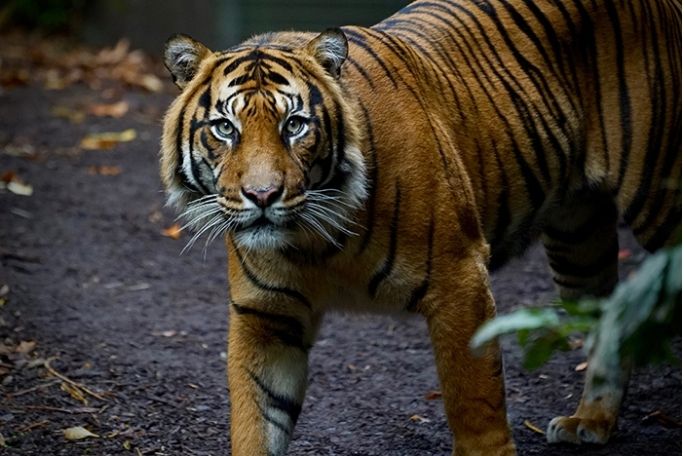Lesson summary
In this lesson, students investigate the role of conservation in zoos. They begin by exploring why we need to conserve living things and investigate conservation programs as having three key parts: 1. Breeding and release, 2. Reducing threats in the wild, and 3. Education and action. Students look at the Eastern Barred Bandicoot as a successful local conservation program and the Rhino Fund Uganda (RFU) as a successful international conservation program. Students then research an Australian animal involved in a conservation program and create a scientific poster based on their research.
Students will...
Learning intentions:
- understand what conservation is
- understand why we need conservation programs for some animals
- understand what the main features of a conservation program are
Success criteria:
Students can...
- participate in class discussions
- work collaboratively
- conduct research
- create a poster to present research
- apply critical thinking skills
Lesson guides and printables
Lesson details
Curriculum mapping
Australian curriculum content descriptions:
Year 3 Science:
- Living things can be grouped on the basis of observable features and can be distinguished from non-living things (ACSSU044)
- Science knowledge helps people to understand the effect of their actions (ACSHE051)
Year 4 Science:
- Living things depend on each other and the environment to survive (ACSSU073)
- Science knowledge helps people to understand the effect of their actions (ACSHE062)
Syllabus outcomes: ST2-10LW, ST2-11LW
General capabilities: Critical and creative thinking, Ethical Understanding
Cross-curriculum priority: Sustainability OI.2, OI.7, OI.9
Relevant parts of Year 3 Science achievement standards: Students group living things based on observable features and describe how they can use science investigations to respond to questions.
Relevant parts of Year 4 Science achievement standards: Students describe relationships that assist the survival of living thing, and identify when science is used to understand the effect of their actions.
Unit of work: Fighting Extinction – Primary
Time required: 80 mins
Level of teacher scaffolding: Medium – lead students in discussion, guide students through research and poster making activities
Resources required
- Student Worksheets – one copy per student
- A device capable of presenting a video to the class
- Poster making materials
- One printed copy of the Learning Journal for each student (or invite students to access the Learning Journal used in the Tuning In lesson)
- Exploring Conservation – Year 3 Questions
- Exploring Conservation – Year 4 Questions
Skills
- Collaboration
- Communication
- Creativity
- Critical thinking
- Problem solving
Additional Info
This lesson has been developed in partnership with Zoos Victoria. Zoos Victoria is a zoo-based conservation organisation whose mission is to fight extinction and support Victorians to be the world’s most wildlife friendly community through being caring, informed and active. Zoos Victoria operate three zoos: Werribee Open Range Zoo, Melbourne Zoo and Healesville Sanctuary. Click here to find out more about Zoos Victoria and their work on fighting extinction.


Welcome back!
Don't have an account yet?
Log in with:
By signing up to Cool.org you consent and agree to Cool's privacy policy to
store, manage and process your personal information. To read more, please see
our privacy policy here(Opens in new tab).
Create your free Cool.org account.
Many of our resources are free, with an option to upgrade to Cool+ for premium content.
Already have an account?
Sign up with:
By signing up to Cool.org you consent and agree to Cool's privacy policy to
store, manage and process your personal information. To read more, please see
our privacy policy here(Opens in new tab).